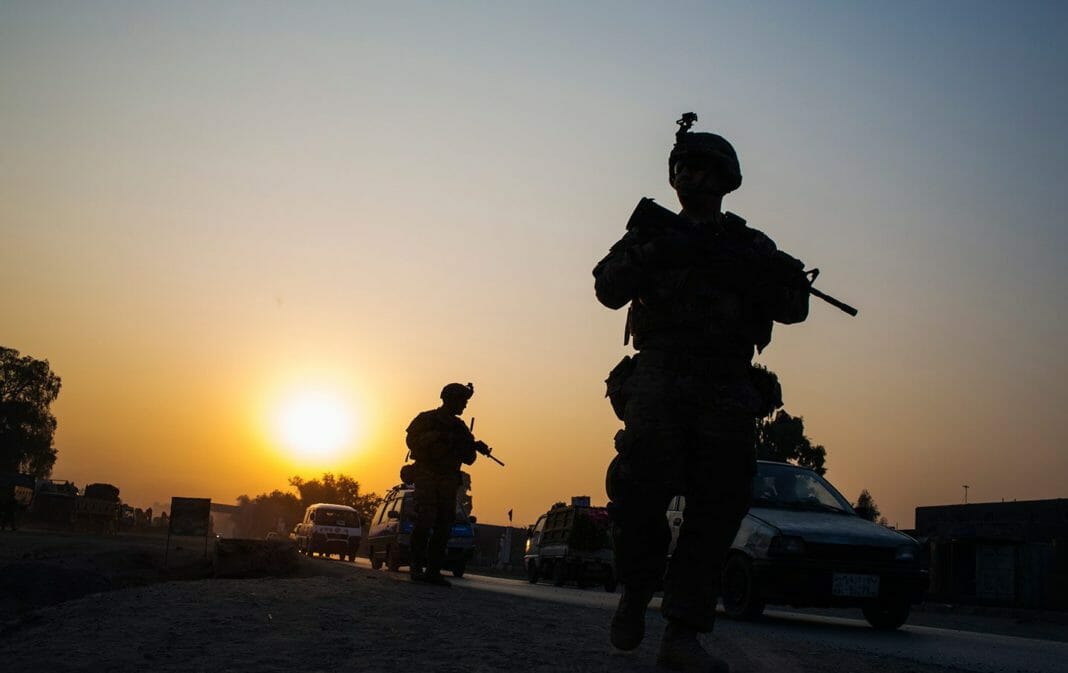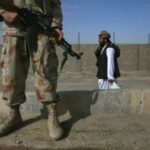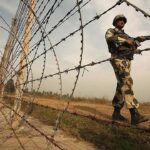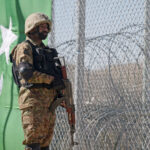To say that Afghanistan is in doldrums is an understatement. In fact, the landlocked country is in a quagmire, which is festered not only by enemies but by piecemeal efforts of friends.
Amid ruckus and mayhem in Afghanistan, top US officials, Defense Secretary James Mattis and Secretary of State Rex Tillerson, have given a good account of what is the offing for the country. The day president Ghani offered an olive branch to the Taliban, James Mattis rejected the very idea.
“They use bombs, because ballots would ensure they never had a role to play.” he said.
He firmly believed that the Taliban could never be part of a democratic Afghanistan and avowed it quite categorically.
“As far as Afghanistan goes, as Secretary Tillerson said, the policy is under review, but at the same time we’re up against an enemy that knows that they cannot win at the ballot box, and you think—we have to sometimes remind ourselves of that reality. That’s why they use bombs, because ballots would ensure they never had a role to play, and based upon that foundation, that they cannot win the support, the affection, the respect of the Afghan people. We will stand by them. They’ve had a long, hard fight, and Australia has been in this one from the very beginning, and the fight goes on. But the bottom line is we’re not going to surrender civilization to people who cannot win at the ballot box,” he categorically said.
This was a precursor of what is in the Afghan toolkit. The idea had the support of Rex Tillerson. He said that the mission is to “never allow Afghanistan to become a platform for terrorism to operate from.”
At a time when a policy commensurate of this spirit is all-set to be foisted, the statements need not surprise anyone. What matters is the implications and the usefulness of a military-heavy Afghan strategy.
It is imperative to make out whether US obsession with the application of military power is just owed to utter ineptitude or is done under with a sinister intention?
Statements by General Mattis and Secretary of state Tillerson are at odds with the views of the Obama Administration, which came to grips with the fact that there was no military solution to the issue. In 2011 former secretary of State Hillary Clinton said “there’s a very clear need to continue fighting those who would undermine this progress. At the same time though, we know that there is no military solution to bringing peace and stability to Afghanistan.”
However, it is important to fathom that over the past few weeks officials from Washington have not mentioned a chance of a political settlement hence Mattis and Tillerson have just expressed the views of the new Administration.
The word is abuzz that the new strategy will be Pentagon-led, based around increased troop presence and aerial bombings. The idea is to pulverize militant hideouts and cause maximum attrition. This is a reversion to a military strategy that is ill-suited to fighting insurgents who do not deem physical space as their center of gravity.
One could see this coming as US is thinking upon a military-heavy policy option to turn the tables in Afghanistan since it employed the GBU 43 bomb against IS last month in Nangarhar. A change in policy was deemed indispensable and necessary because of Taliban’s swift and bold renaissance coupled with the proliferation of ISIS in Afghanistan.
Top US officials raised concerns about the brewing situation in Afghanistan. Spymasters to include Director National Intelligence, Daniel R Coats and director Defense Intelligence Agency Lt Gen Vincent Stewart gave briefings and assessments to legislators last month. They predicted trouble in the land-locked country.
“The overall situation in Afghanistan will very likely continue to deteriorate, even if international support is sustained. Endemic state weaknesses, the government’s political fragility, deficiencies of the Afghan National Security Forces (ANSF),” remarked Daniel Coats. He further said that the Taliban will have a better year in 2017.
“ANSF performance will probably worsen due to a combination of Taliban operations, ANSF combat casualties, desertions, poor logistics support, and weak leadership. The ANSF will almost certainly remain heavily dependent on foreign military and financial support to sustain themselves and preclude their collapse. Although the Taliban was unsuccessful in seizing a provincial capital in 2016, it effectively navigated its second leadership transition in two years following the death of its former chief, Mansur, and is likely to make gains in 2017,” he said.
The proclamations are veritable to say the least as the Taliban are not only hitting soft targets but have caused obliteration in the ranks of the Afghan Army. After the deadly attack on 209 corps headquarters in April which claimed lives of 150 Afghan soldiers, the Taliban carried out two attacks on military installations in Kandahar last month claiming the lives of 25 soldiers.
The scene in the country is degenerating by the day, as aptly described by top officials and experts. The Taliban announced their spring offensive last month, and they are conducting it with a great degree of aplomb and panache. The confidence that they are gaining will not stop them from going forward with their “Go Foreign Troops” demands. Hence, bolstering the military side will further make the Taliban unconquerable. There are however voices which do not favor the surge, citing the futility of the 2010 military strategy as an example.
The US’s outright rejection of talks with the Taliban have come at a time when it is becoming obvious that fighting would not stifle the spirits of the Taliban and if anything it will make them more ferocious . The idea to militarily defeat the Taliban means that the US would send in more than the proposed increase of 5,000. It could mean that the US will be staying in the country with a massive military footprint.
Needless to say, the US can deduce lessons from the recent past: this type of war-fighting will not break the back of the Taliban. A committed effort must be made to start and support an Afghan-owned peace process. This is possible if the US can agree to allow Russia and Pakistan to play a mediatory role. It must be borne in mind that the war has been costly for the US in both material and men. The desired end state should be to leave a stabilized and peaceful Afghanistan; certainly, sending in more combatants will not be a policy to that effect. The Americans know this very well.
Questions are raised as to what end-state the US wants for Afghanistan. By rejecting Russia’s plan for peace talks and unwillingness to cooperate with Islamabad the US has shown its intention of staying in the country. Is the US fearing losing its influence in the region if it leaves Afghanistan? It could be argued that the US may stay the course ostensibly to deny Russia and China a foothold in the country. The renewed Russo US rift globally may just find a new theatre of operations in Afghanistan; the contention is not far-fetched. The tumultuous situation in the Middle East may also compel the US to stay put in an otherwise unsurmountable mission.
“This is really a question of what is the end state and how do we reach that end state,” Tillerson said on Tuesday. What Tillerson said raises a lot of question marks on US designs for the region.
In this geopolitical chessboard in the region the US does not want to lose its relevance. A burgeoning Sino-Russo partnership does not sit down well with the US, hence to obviate the influence of both countries and that of Iran (a perennial enemy of sorts) the US will in likelihood maintain a robust presence in Afghanistan. The pot has to be kept boiling and it indeed is the case. With little or no focus on winning hearts and minds is a hallmark of new campaigns, and certainly this new policy shift is basically a start of a new and different war in the country. The enemy is neither the Taliban nor the ISIS; the aim of this new surge is to stall the “imperial stretch” of China and Russia.
Syed Ali Zia Jaffery is a Research Analyst and Sub-Editor at Global Village Space (GVS). He frequently writes on defense and strategic affairs of South Asia. He is a Contributing Analyst to CommandEleven.








